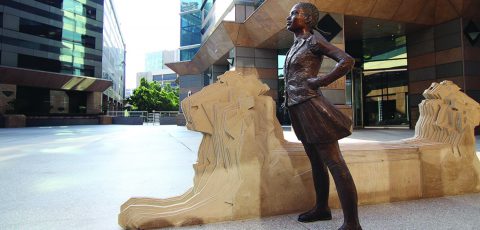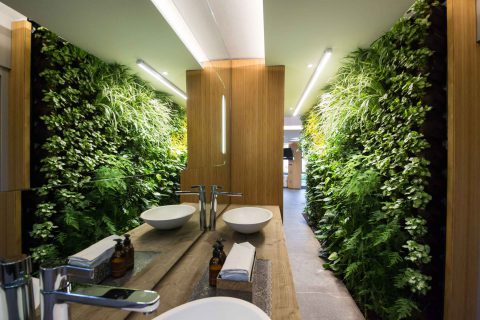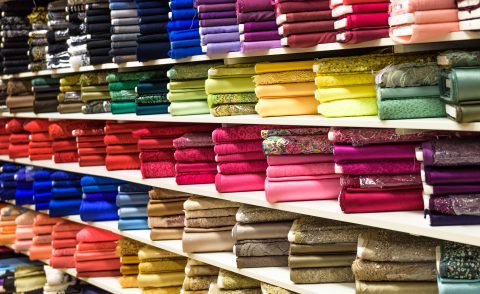Business Day Prime
Outdoor Living Goes Retro
“Home for the holidays”. That’s how Alon Sachs, co-owner of specialist store, Mobelli Furniture and Living, describes the latest South African summer trends in outdoor living.
There has been a shift in perception, he says. “People’s overriding desire is for connection rather than conspicuous consumption. There is a realisation that the magic happens when we’re with our family and friends. That’s where our happiness lies.”
This, combined with a new awareness of reducing harm to the environment, has seen the “return of retro”. “We’re going back into the past for our design inspiration, but using modern, high-grade, hassle-free materials that won’t wilt under UV light and which are Teflon-coated to ward off water. Consumers also want bigger, deeper, more comfortable seats, because comfort is every bit as important as style now.”
The throwaway culture of past years is gone, Sachs says. “We’re looking at a conscious consumer who is looking to buy clever. They’re choosing pieces with ‘staying power’ in sustainable materials like aluminium that can be recycled to help minimise environmental impact.”
Sachs says for a bit of whimsy under the moonlight — and practical for power cuts too — Mobelli’s range of illuminated furniture, which includes coffee tables or bar stools is ideal. “They change colour as well!”
The colours grey and ecru still dominate big products like day beds, but scattered cushions range from mustards to flamingo pink in various textures and patterns. “This way it’s easy to change the colour scheme of your space.”
Taste, says Sachs, has become so individualised, that it’s hard to go wrong.
Speaking at this year’s annual SA Design Indaba, forecaster Li Edelkoort says certain shades are in this year. “Standouts include pink and bright yellow,” she told visitors. “They’ll be used in small accessories that serve to ‘pop’ against their setting.”
She says because of our tech-heavy lives, and the awareness of the deterioration of our natural resources, “we will feel the need to ground ourselves in nature.”
Haldane Martin of design firm Haldane Martin Design agrees. “People are feeling a need to connect with nature. There’s huge anxiety about climate change. Our indoor spaces have been invaded by busyness, so our garden spaces, our courtyards or patios have become the sanctuaries to escape our hectic lives. There is also a solid move away from woven plastic furniture, which is a petrochemical material.”
Like Sachs, Martin says conscious consumption is now a “thing”. “Buy less, and be more selective,” he suggests. “Items should have integrity and quality.”
If you want to be on trend, says Martin, choose bold colours — come 2020 summer in Europe, the move will be towards saffron, rusts, and corals — with strong geometric shapes such as circles and triangles. “There’s a late mid-last century nostalgia.
“Our Hula chair is very reminiscent of those typical garden chairs of the 1970s — it’s playful and nostalgic, but instead of the uncomfortable material of old, we make ours in rustproof stainless steel. Stainless steel recycles well — there’s no degradation of material and it’s too precious for the rubbish dump,” he says. “It’s a reinterpretation of the past — it may be something about climate change that has seen a nostalgia of the activism of that time.
“Gardens have moved away from colonial style to indigenous and water-wise.”
But to be really on trend, even on a budget, there’s a must-have. Remember your mom’s Delicious Monster plants? “They’re back in a big way.”
Now that’s retro.






 Sign-up and receive the Business Media MAGS newsletter OR SA Mining newsletter straight to your inbox.
Sign-up and receive the Business Media MAGS newsletter OR SA Mining newsletter straight to your inbox.